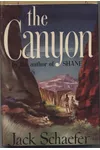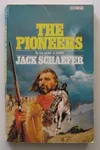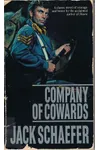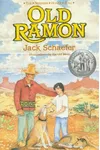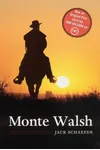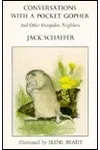Picture a Cleveland-born storyteller who spun tales of the Wild West without ever setting foot there—meet Jack Schaefer! Best known for his iconic novel Shane, Schaefer redefined Western literature with his noble cowboys and vivid frontier landscapes. His knack for crafting emotionally rich stories turned dusty trails into timeless adventures that still captivate readers today.
Born in 1907, Schaefer’s journey from journalist to literary legend is as compelling as his tales. Let’s saddle up and explore the life, works, and lasting impact of this master of the modern Western.
The Making of Jack Schaefer
Jack Warner Schaefer grew up in Cleveland, Ohio, the son of a German-American attorney. With parents who were avid readers, young Jack devoured books by Edgar Rice Burroughs, Alexandre Dumas, and Zane Grey, sparking a lifelong fascination with the Old West. He graduated from Oberlin College in 1929 with an English degree and briefly attended Columbia University, but left when his thesis on motion pictures was rejected. Instead, he honed his storytelling as a journalist, working for United Press and later as an editor for newspapers like The Virginian-Pilot and The Baltimore Sun. In 1945, he began writing fiction to unwind, leading to his breakthrough with Shane.
Jack Schaefer’s Unforgettable Stories
Schaefer’s debut novel, Shane (1949), is a cornerstone of Western literature. Set in 1889 Wyoming, it follows a mysterious gunslinger who helps a homesteader family against a ruthless cattle baron. Narrated by young Bob Starrett, the story weaves themes of heroism, sacrifice, and the clash between wilderness and civilization. Its taut prose and emotional depth earned it praise as the finest Western novel by the Western Writers of America.
Beyond Shane, Schaefer penned other gems. Monte Walsh (1963) chronicles the life of a cowboy navigating a changing West, blending grit with heart. First Blood (1953) explores a young man’s moral struggles, while Old Ramon (1960), a children’s book, won a Newbery Honor for its tender tale of a shepherd and his apprentice. Schaefer’s style—marked by vivid landscapes, archetypal heroes inspired by Greek mythology, and dialogue that crackles—set his work apart from conventional Westerns. A 1967 New York Times review noted his stories were “tautly told and tightly constructed,” with layers of complex storytelling.
Remarkably, Schaefer wrote Shane without visiting the West, relying on meticulous research, old diaries, and newspapers. His ability to evoke the frontier’s spirit from afar showcased his storytelling prowess, honed through years of journalism.
Why Jack Schaefer Matters
Schaefer’s impact on Western literature is profound. Shane alone sold over 12 million copies, was translated into 35 languages, and inspired a 1953 film starring Alan Ladd. Seven other stories became films, cementing his influence in Hollywood. His nuanced characters—heroes grappling with their pasts—challenged Western clichés, paving the way for modern anti-heroes. In 1975, he received the Western Literature Association’s Distinguished Achievement Award, and in 1986, the Saddleman Award. Later in life, Schaefer became a conservationist, reflecting his concern for the West’s environmental future.
His legacy endures in readers who find timeless truths in his tales of honor and sacrifice. As historian Marc Simmons wrote, “By any standard, Shane rates as a classic in the literature of the American West.” Schaefer’s work reminds us that great stories transcend geography and time.
- Born: November 19, 1907, Cleveland, Ohio
- Key Works: Shane (1949), Monte Walsh (1963), Old Ramon (1960)
- Awards: Western Literature Association’s Distinguished Achievement Award (1975), Saddleman Award (1986), Newbery Honor (1961)
Snag Shane or Monte Walsh and dive into Jack Schaefer’s soul-stirring Westerns! Whether you’re a cowboy at heart or just love a good yarn, his stories will leave you longing for the open range.

